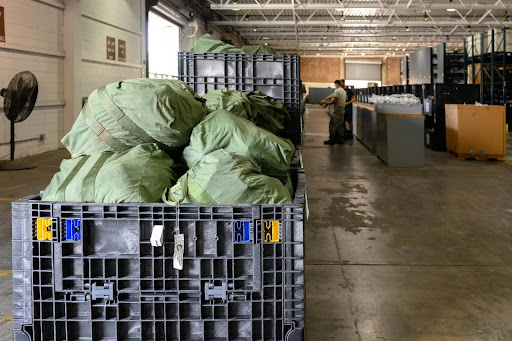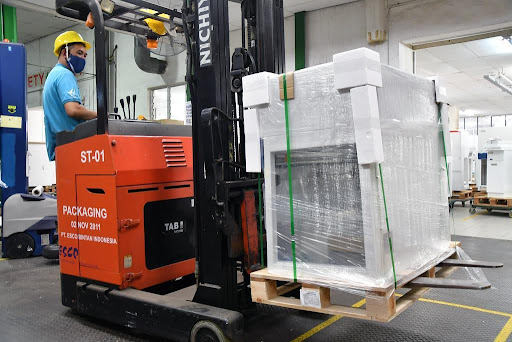Selecting the right storage solution can make a substantial difference in operational efficiency for businesses in warehousing, manufacturing, food processing, and retail. Among the most popular and practical storage options are industrial plastic bins and stackable plastic crates. Both offer unique advantages, and understanding their differences can help you choose the most suitable product for your specific needs.
Material Strength and Resilience
Industrial plastic bins are specifically designed for heavy-duty applications. Made from high-impact polypropylene or polyethylene, they are capable of withstanding physical stress, extreme temperatures, and exposure to chemicals. These bins are ideal for storing tools, spare parts, and industrial supplies, offering long-term durability even in harsh environments.
In contrast, stackable plastic crates are often designed for lighter materials but don’t compromise on strength. They are built to be stacked multiple levels high without collapsing, making them ideal for storage and transport. These crates are often used in agriculture, food services, and retail due to their lightweight yet strong design.
Design Features and Versatility
When it comes to design, industrial plastic bins offer several customisation options including lids, dividers, and handles. Some bins come with reinforced rims, wheels, or drainage holes. This makes them highly adaptable for warehouse shelving or mobile trolleys.
On the other hand, stackable plastic crates are known for their ability to nest inside one another when empty, saving space during return transport or off-season storage. Their ventilated versions are perfect for perishable items, while solid-walled crates work well for packaged goods.
Maximising Space Efficiency
For businesses where storage space is at a premium, stackable plastic crates provide a compact solution. Their uniform size and interlocking features allow them to be stacked vertically with ease, making the most of vertical space in storage rooms, trucks, or shipping containers.
Meanwhile, industrial plastic bins can be integrated into racking systems and are often used in lean manufacturing setups where inventory is organised by size or usage frequency. This setup enhances operational flow and keeps workspaces clutter-free.
Cleaning and Hygiene Considerations
In sectors like healthcare, food, and pharmaceuticals, hygiene is critical. Both industrial plastic bins and stackable plastic crates offer surfaces that are easy to clean and sanitise. However, ventilated or perforated stackable crates have the added benefit of allowing air flow, which reduces moisture build-up and enhances freshness during transport or storage of perishables.
Plastic bins with lids provide a dustproof and pest-resistant option, which is especially useful in cleanroom or sterile environments.
Cost and Return on Investment
While both options are cost-effective in the long run, the initial investment may vary. Industrial plastic bins, due to their thicker walls and higher load capacities, may cost slightly more upfront. However, their durability ensures a long service life, making them a worthwhile investment.
Stackable plastic crates offer a lower entry price and are often purchased in bulk for seasonal storage or shipping needs. Their stackable and nestable features reduce storage costs, especially when transporting empty crates.
Ideal Use Cases
- Industrial plastic bins are ideal for:
- Manufacturing and assembly lines
- Auto parts and tool storage
- Warehouse pick-and-pack operations
- Cleanroom and chemical storage
- Stackable plastic crates are ideal for:
- Agricultural produce
- Retail backroom inventory
- Delivery logistics
- Food and beverage distribution
Sustainability and Environmental Impact
Both industrial plastic bins and stackable plastic crates are reusable and recyclable, aligning with environmentally conscious business practices. They reduce the need for single-use packaging and are often made from recycled plastics, contributing to a closed-loop supply chain.
Conclusion
Whether you’re managing a warehouse, a manufacturing plant, or a retail store, both industrial plastic bins and stackable plastic crates offer flexible, cost-effective, and sustainable storage solutions. Choosing between the two depends on your industry, load requirements, space constraints, and handling methods. In many cases, businesses find that using a combination of both types helps create a more organised, productive, and scalable storage system.




